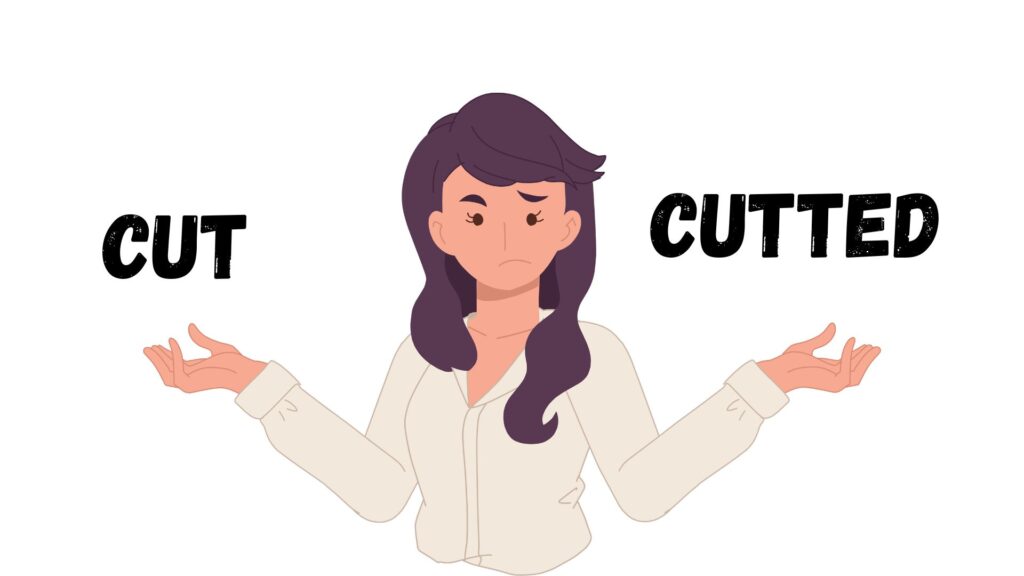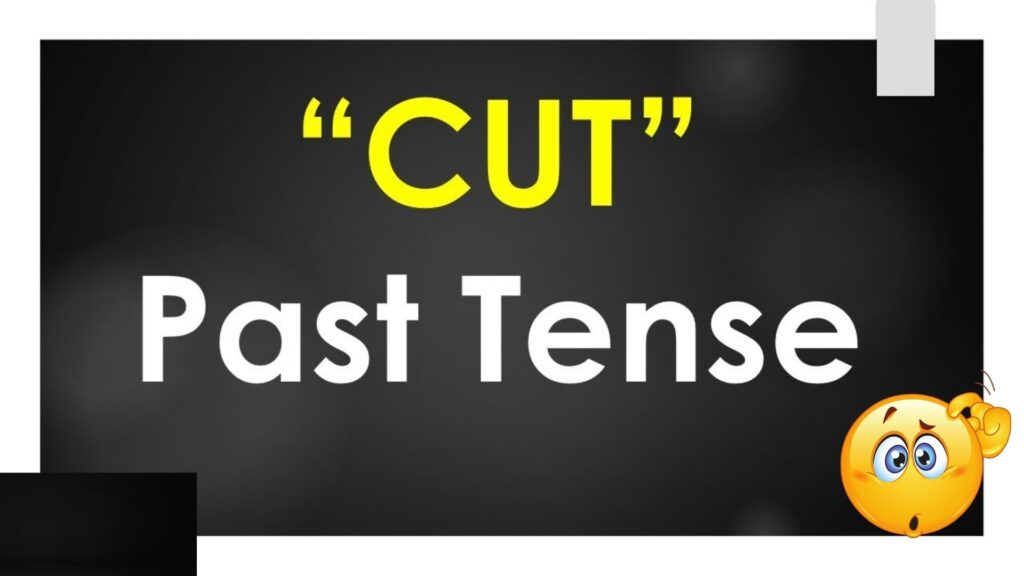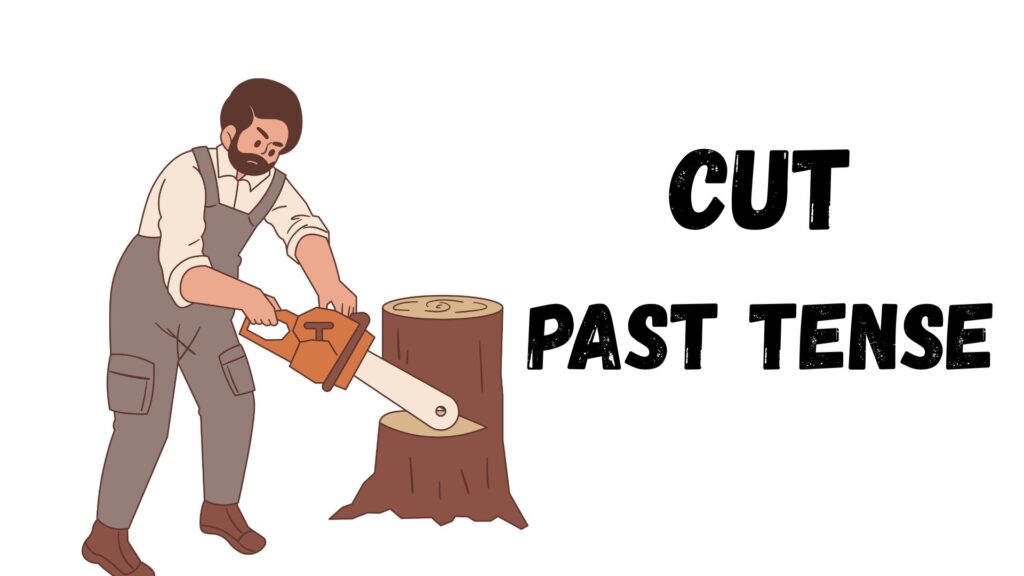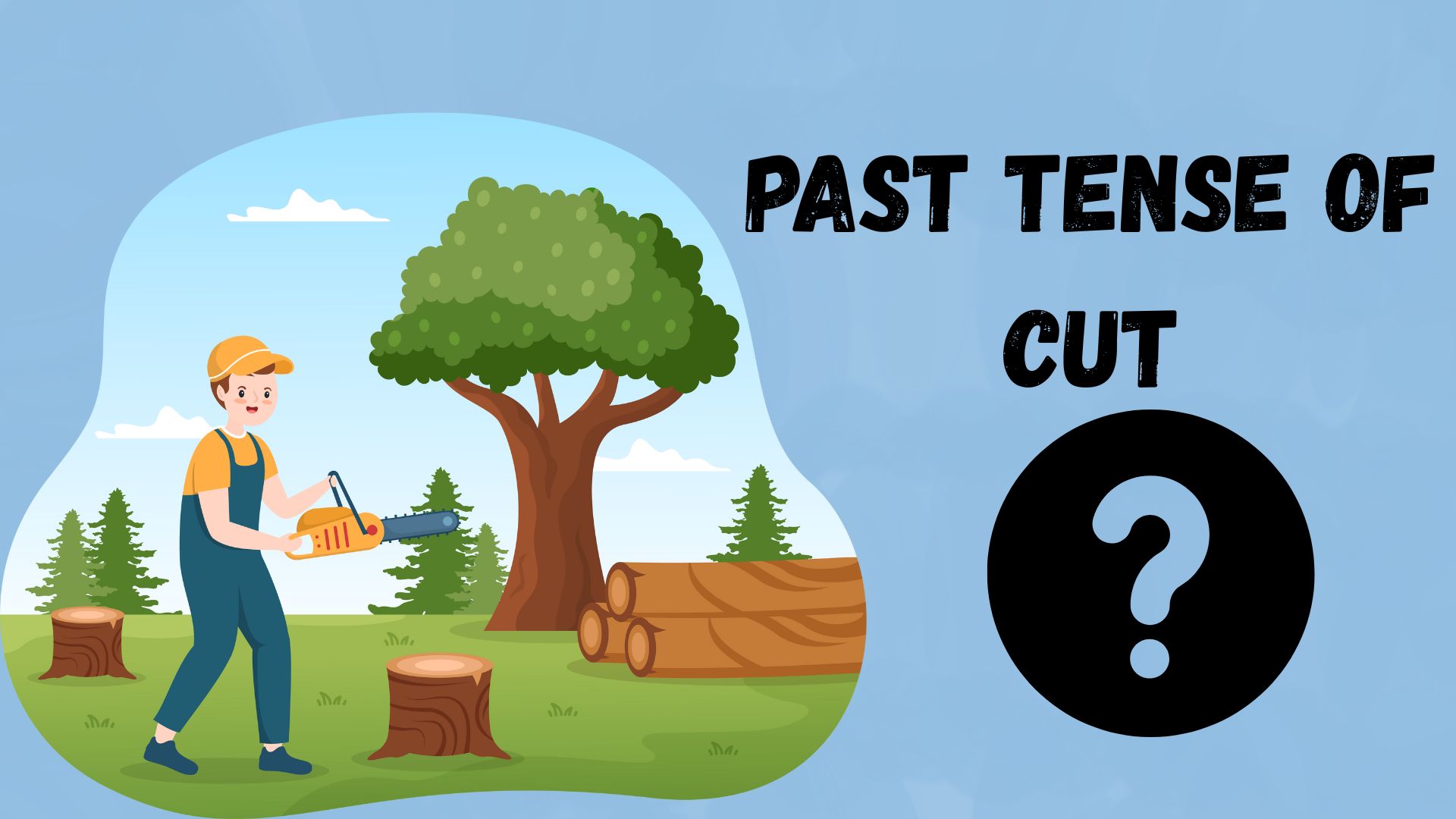Cut or Cutted – What’s the Real Deal?

You’ve probably heard someone say “I cutted my finger yesterday” and cringed a little inside. Or maybe you’ve said it yourself and then wondered, “Wait… is that even right?”
So here’s the quick answer: “cut” is both the present and past tense of the verb “to cut.” The word “cutted” is not correct in standard English grammar.
Let’s explore why that is, how English handles irregular verbs like this one, and when and how to use cut correctly with rich examples, including real-world emails and conversations.
Understanding the Verb “Cut”
The verb “cut” means to slice, divide, or make an opening using a sharp tool. It can also mean reducing something, like cutting costs or cutting in line.
In most regular verbs, we add -ed to form the past tense (e.g., play → played, work → worked). But “cut” doesn’t follow that rule. It belongs to a special group of verbs known as irregular verbs.
Is “Cutted” Ever Correct?
The short answer? No.
The long answer? Still no.
English has its fair share of irregular verbs words that don’t follow the usual pattern of adding “-ed” in the past tense. These verbs often come from Old English or Proto-Germanic roots, and “cut” is one of them.
Just like:
- Put → put
- Hit → hit
- Let → let
The verb “cut” stays the same in its past form. So the sentence “She cutted the paper with scissors” should actually be “She cut the paper with scissors.”
Quick Chart: Verb Conjugation of “Cut”
| Tense | Form of “Cut” |
|---|---|
| Present | cut |
| Past | cut |
| Past Participle | cut |
| Present Participle | cutting |
| Third Person Singular | cuts |
Examples of Correct Usage in Context

Let’s look at a few real-world scenarios to help you lock in the correct usage of cut.
Example 1: Email to a Client (Formal)
Subject: Update on Design Mockups
Hi James,
I wanted to let you know that we’ve already cut the image files to the correct dimensions for mobile view. This will help reduce load times and improve user experience.
Let me know if you’d like any further changes.
Best regards,
Monica Patel
Lead UX Designer
➡️ Notice how the verb “cut” is used in past tense here already cut the image files and it doesn’t need an -ed.
Example 2: A Casual Text Message (Informal)
Liam: Bro, I accidentally cut my finger while slicing onions.
Jake: Ouch. That’s what you get for trying to cook without me.
Even in an everyday situation like this, “cut” still remains unchanged, even though it’s in the past.
Why Do People Say “Cutted”?
It makes sense why someone might think “cutted” is correct. In English, the most common way to form the past tense is to add -ed, and that pattern works for hundreds of verbs.
However, English being English it loves exceptions.
Because “cut” is irregular, adding “-ed” makes it incorrect, even if it feels logical.
In speech, kids often say things like “I eated,” “I goed,” or “I cutted” because they’re applying that standard rule. That’s part of learning! But in formal or even informal writing, “cutted” just doesn’t fly.
Common Expressions Using “Cut”

The word cut shows up in dozens of idiomatic phrases, and it’s important to use the past tense form correctly within these expressions too.
Expressions in the Past Tense:
- Cut corners → They cut corners to finish the project ahead of schedule.
- Cut to the chase → She cut to the chase during the meeting.
- Cut off → He was cut off in traffic.
- Cut in line → Someone cut in line while we were waiting.
And yes you guessed it the word “cut” never changes, even in all these expressions.
Example 3: Job Interview Follow-up Email
Subject: Thank You for the Interview
Dear Ms. Dawson,
Thank you for taking the time to speak with me yesterday. I really appreciated the insights you shared about your team’s work on sustainability initiatives.
As I mentioned during our discussion, I’ve cut costs by 15% in my current role through streamlined vendor contracts and leaner production cycles.
I’m excited about the possibility of bringing that same mindset to your department.
Warm regards,
Nathan Greene
In this professional example, Nathan uses “cut” to describe past accomplishments and again, not “cutted.”
What About “Cutting”?
Great question.
While “cutted” is wrong, the form “cutting” is completely fine but only when you’re talking about something ongoing or progressive.
Examples:
- She’s cutting the fabric for the dress now.
- They were cutting trees down when the storm hit.
So remember:
✅ Cutting (present participle) = correct
❌ Cutted = always incorrect
Memorable Trick to Avoid Saying “Cutted”
If you’re ever unsure, try this tip:
“If it sounds like something a toddler might say, double-check the grammar.”
Or better yet, remember that “cut” is like “put” or “hit” it doesn’t change in the past.
Let’s Recap with a Table
| Sentence | Correct or Not? | Why? |
|---|---|---|
| I cutted my hair last week. | ❌ Incorrect | “Cutted” isn’t a real word. |
| I cut my hair last week. | ✅ Correct | “Cut” is both present and past. |
| She’s cutting a piece of cake. | ✅ Correct | Present participle form. |
| We have cut the budget by 10%. | ✅ Correct | Past participle of “cut.” |
Final Thoughts: Cut the Confusion
It might be tempting to treat “cut” like a regular verb and toss an “-ed” on the end. But that’s not how this one works. In every tense that requires the past form, just use cut. No “cutted,” no confusion.
Whether you’re writing a professional email, a school paper, or just telling a story, using the correct past tense form helps you sound more polished and fluent.
So the next time someone asks, “Is it cutted or cut?” you’ll know exactly what to say.
✅ Always say cut,
❌ Never say cutted.

